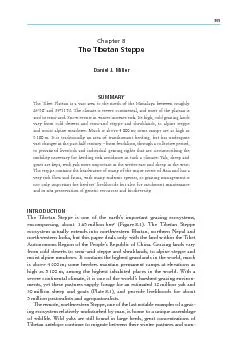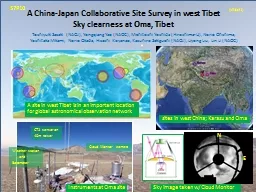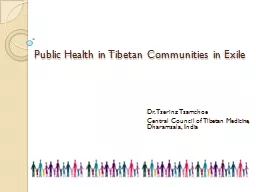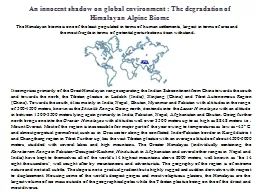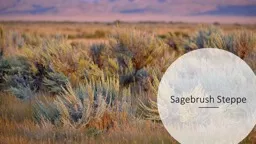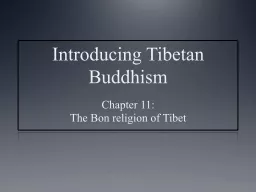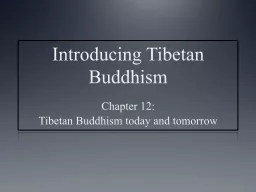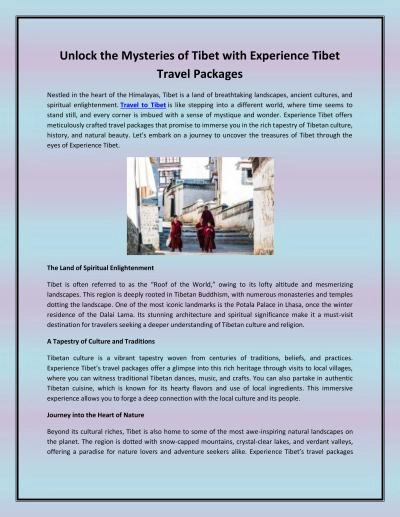PDF-The Tibetan Steppe Steppe SUMMARYThe Tibet Plateau is a vast ar
Author : natalia-silvester | Published Date : 2015-11-02
The Tibetan Steppe Many major rivers originate in the Tibetan Steppe including the Yellow Yangtze Mekong Salween Indus Sutlej Ganges and Brahmaputra The preservation
Presentation Embed Code
Download Presentation
Download Presentation The PPT/PDF document "The Tibetan Steppe Steppe SUMMARYThe Tib..." is the property of its rightful owner. Permission is granted to download and print the materials on this website for personal, non-commercial use only, and to display it on your personal computer provided you do not modify the materials and that you retain all copyright notices contained in the materials. By downloading content from our website, you accept the terms of this agreement.
The Tibetan Steppe Steppe SUMMARYThe Tibet Plateau is a vast ar: Transcript
Download Rules Of Document
"The Tibetan Steppe Steppe SUMMARYThe Tibet Plateau is a vast ar"The content belongs to its owner. You may download and print it for personal use, without modification, and keep all copyright notices. By downloading, you agree to these terms.
Related Documents

